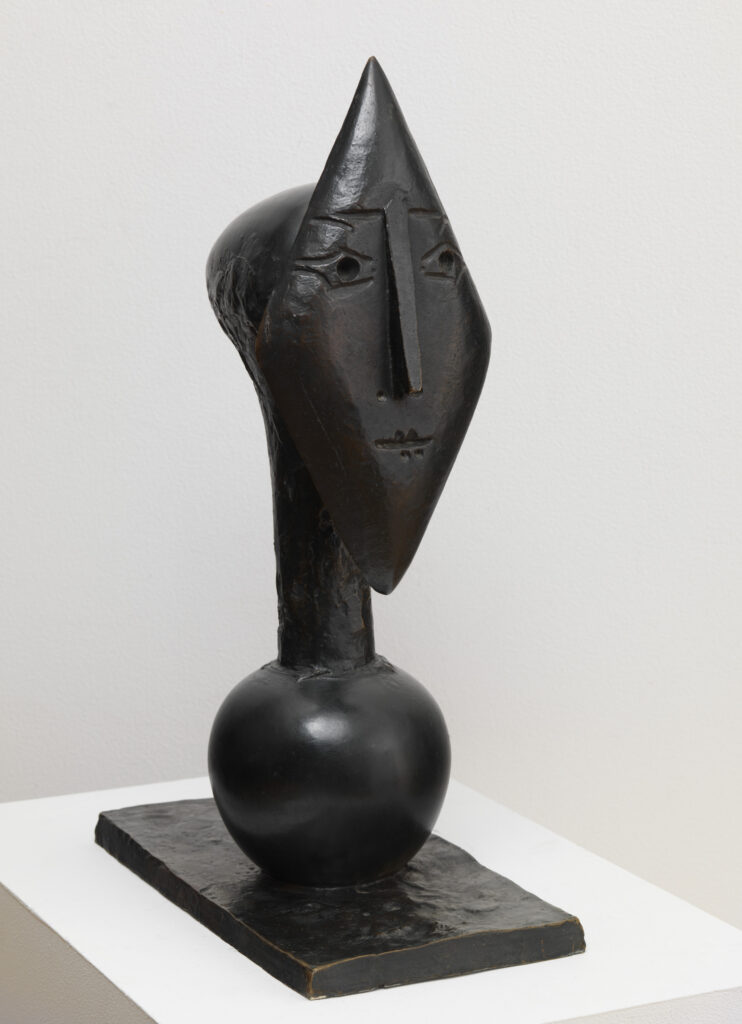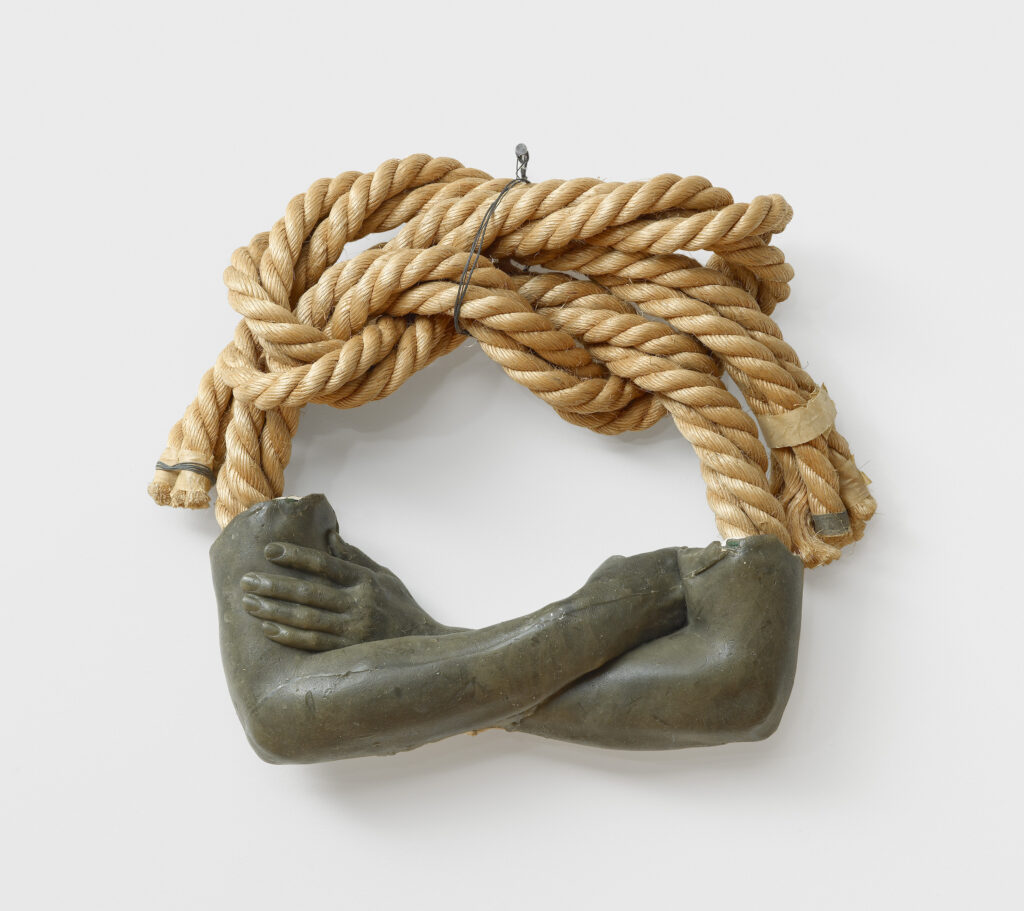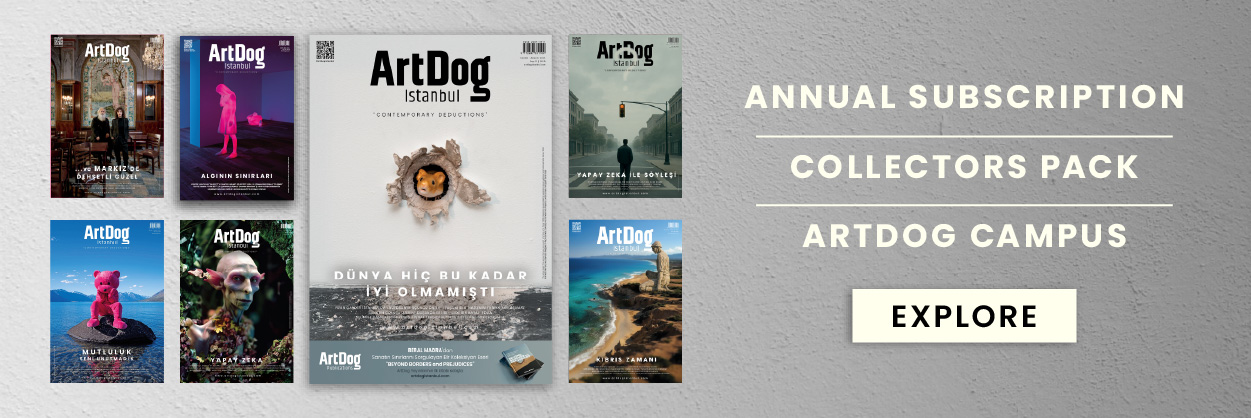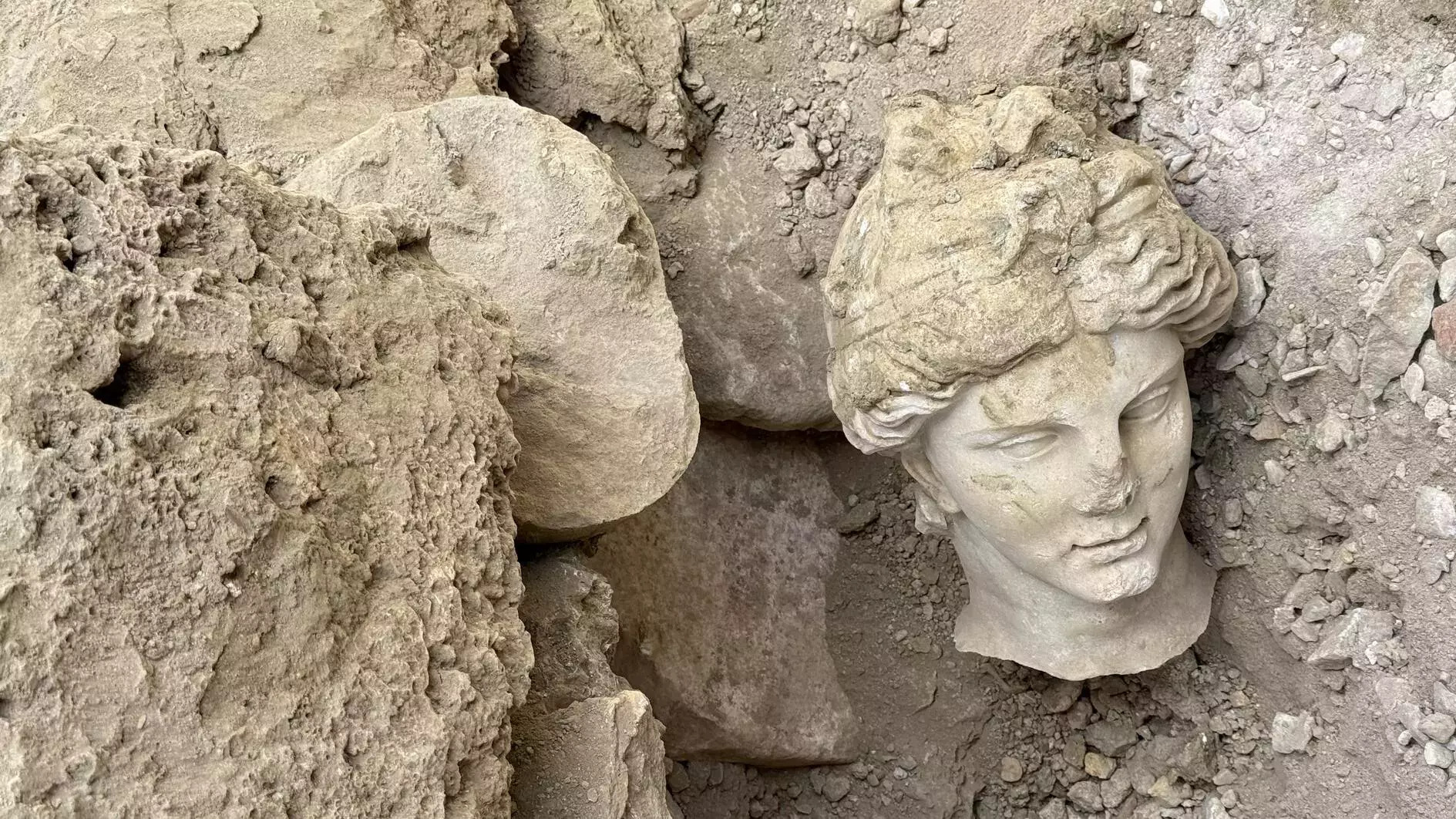Gagosian hosts “The Body as Matter: Giacometti, Nauman, Picasso,” an exhibition showcasing sculptures by Alberto Giacometti (1901–1966), Bruce Nauman (b. 1941), and Pablo Picasso (1881–1973). Curated by Richard Calvocoressi, the exhibition will be on display at the Gagosion’s Grosvenor Hill gallery from June 6 to July 26, 2024.
The exhibition explores radical investigations of the human body and its perception, distinct in the works of Giacometti, Nauman, and Picasso, who are celebrated as defining figures of their generations. It juxtaposes modernist and postmodernist approaches, featuring pieces such as Picasso’s “La femme enceinte I” (1950) and “Bras vertical” (1961), Giacometti’s “La jambe” (1958) and “Grande tête” (1960), and Nauman’s “Henry Moore Bound to Fail” (1967–70) and “Model for Room with My Soul Left Out, Room That Does Not Care” (1984).
Picasso, a pioneer of Cubism, is primarily known for his paintings, drawings, and collages, but his sculptures are among his most experimental works. He sculpted in two main modes: modeling clay or plaster for bronze casting, and constructing forms from discarded objects and inexpensive materials like sheet metal, wood, and cardboard. His sculptures, characterized by wit, originality, and erotic suggestiveness, manipulated mass and surface to incorporate multiple perspectives.

Tête de femme, 1951, cast 1955
Bronze
21 1/8 x 14 1/8 x 7 3/8 inches (53.7 x 35.9 x 18.7 cm)
Edition of 4; one unnumbered cast and nos. 1/6, 2/6, and 3/6
© Succession Picasso/DACS, London 2024
Photo: Rob McKeever
Courtesy Gagosian
Giacometti, influenced by Surrealism in Paris in the 1920s, introduced a sense of sexual violence or threat into his sculptures, a theme later explored by Nauman. Giacometti’s postwar sculptures—fragile, textured, and elongated—broke classical conventions to depict survivors of human or natural catastrophes. His figures, often fractured and vulnerable, appear frozen in motion, prompting reflections on mortality. By reducing the figure to its essentials, Giacometti challenged traditional sculpture and opened new possibilities for contemporary artists.

Grande Tête, 1960, cast 1961
Patinated bronze
37 1/2 x 12 x 14 3/4 inches (95.3 x 30.4 x 36.1 cm)
Edition of 6
© Succession Alberto Giacometti / DACS 2024
Photo: Rob McKeever
Courtesy Gagosian
Since the 1960s, Bruce Nauman has built upon the innovations of Picasso and Giacometti through a diverse practice that includes sculpture, performance, video, and neon. Nauman’s work confronts viewers with their physical limitations, using repetitive actions, linguistic play, and stark imagery to disrupt perception and thought. His focus on corporeal presence echoes Giacometti’s approach, yet he explores the human condition through the lenses of contemporary culture and modern technology. Nauman’s art addresses issues such as surveillance and the allure of instant gratification, requiring viewers’ physical and mental engagement for activation.

Untitled, 1967
Wax, plaster, and rope
17 x 26 x 4 1/2 inches (43 x 66 x 11.5 cm)
© 2024 Bruce Nauman / Artists Rights Society (ARS), New York and DACS
Photo: Robert Bayer. Private Collection
Giacometti, Nauman, and Picasso have all redefined sculpture, reshaping traditional mediums and pioneering new ones. Picasso’s move away from naturalistic representation was extended by Giacometti, whose elongated, textured figures emphasize material and process, reflecting the artist’s struggle to capture a living presence in three dimensions. Nauman often uses his own body as a subject, encouraging viewer participation. For all three artists, the space we occupy, how we are perceived, and our impact on others are central to their existential inquiries.







